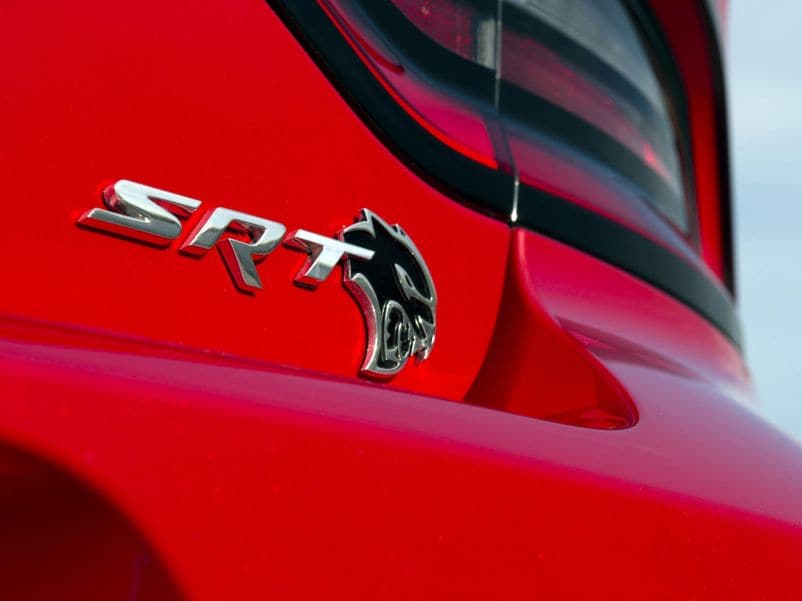Recent Articles
Popular Makes
Body Types
2017 Dodge Charger SRT Hellcat Review
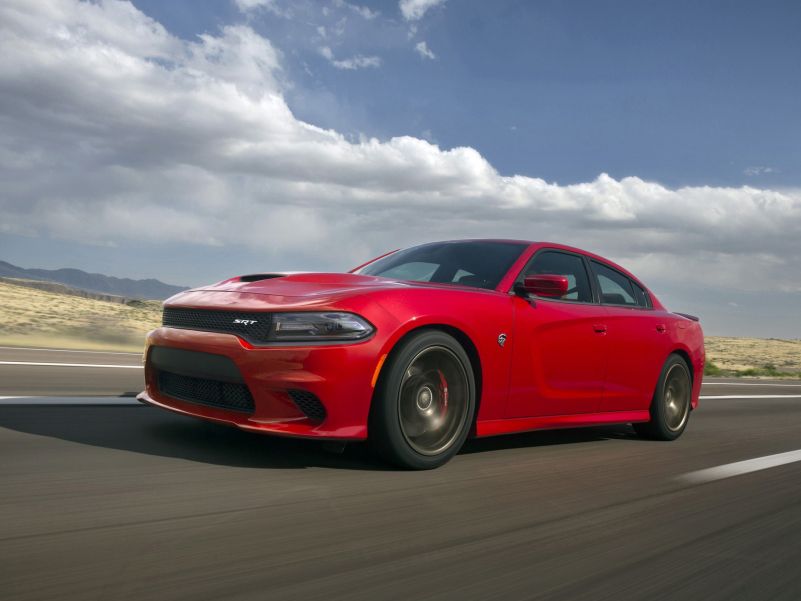
2017 Dodge Charger SRT Hellcat 004 ・ Photo by Dodge
Drivers of a certain age still get misty-eyed about the good old days, when Chrysler Corporation cars offered the option of big V8 engines with hemispherical combustion chambers, hammering out mass quantities of tire-shredding horsepower, terrorizing Detroit’s Woodward Avenue as well as cruise venues from Sunset Boulevard in LA to Fifth Avenue, NYC.
Those were the days, guys and gals. We won’t see that kind of power again. Gone forever.
Today’s Muscle Car
Strictly speaking, that’s true. But please hold on to the nostalgia. What we see today is power that makes the baddies of the muscle car era almost look like choir boys.
Consider the Dodge Charger, and its fraternal twin, the Challenger. The mildest engine in their inventories is rated for 292 horsepower, then it jumps to a trio of Hemi V8s—5.7 liters, 370 hp, 6.4 liters, 485 hp, and a supercharged 6.2-liter, the fabulous Hellcat, 707 horsepower.

Hemi History
Yes, Chrysler’s legendary 426 Hemi (1966 – 1974) was a formidable engine in its day. Its official factory output rating was 425 hp, but that was just for the insurance companies. Most contemporaries place the real number considerably higher.
And yes, it could smoke rear tires. For as long as they’d hold air.
Nevertheless, the muscle cars emerging today from Chrysler’s SRT operations—the initials stand for Street and Racing Technology—will not only shred their rear tires, they will also stop and turn, dynamic elements that were all but absent in those thrilling Hemis of yesteryear.
This is not to say that today’s Charger is a paragon of automotive agility. The platform has been with us for over a decade, and it has resisted the weight-saving engineering that’s become a priority elsewhere in an industry wrestling with increasingly stringent fuel economy standards.
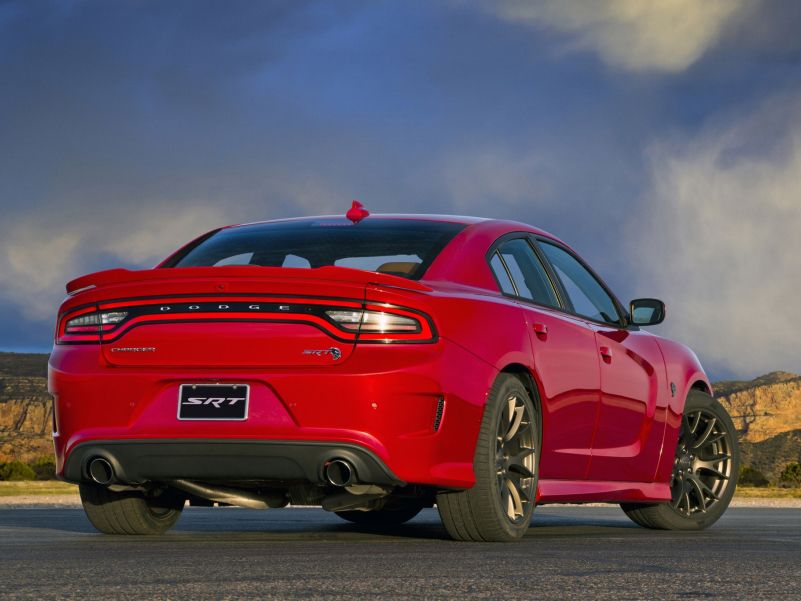
Fast and Full Sized
Chargers equipped with the Hellcat weigh in north of 4600 pounds, which is portly even for a full-size sedan.
But 707 horsepower has a way of making light of mass, and that’s certainly true of the Charger, as well as the Challenger and now the Jeep Grand Cherokee.
The Hellcat-powered Charger is capable of sprinting to 60 mph in less than 3.5 seconds, to 100 mph in just over 7 seconds, and can cover a quarter-mile in less than 12 seconds with a trap speed of almost 130 mph.
Top speed is 204 mph. (As a matter of aerodynamic interest, the Hellcat Challenger can’t quite attain 200 mph. The Charger is just a smidge slicker.)
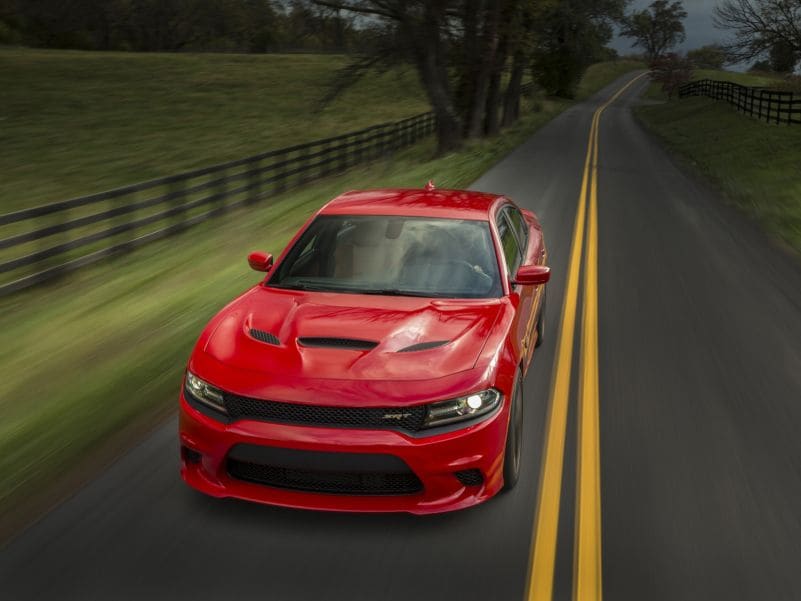
Super Dynamics
This is obviously pretty serious go-power, eclipsing anything from the 1960s and early ‘70s. But even so, the Charger’s dynamic resume extends beyond mere face-distorting thrust. While it may not quite be sports car agile, it delivers limpet grip from a set of sticky Pirelli tires and sports car stopping performance with a robust set of Brembo brakes.
Some may find the steering a trifle heavy at low speeds, but it’s quick, just 2.5 turns from hard right to hard left, and at speed it’s dead bang accurate. And the ups and downs of the paddle-shifted 8-speed automatic is swift and smooth.
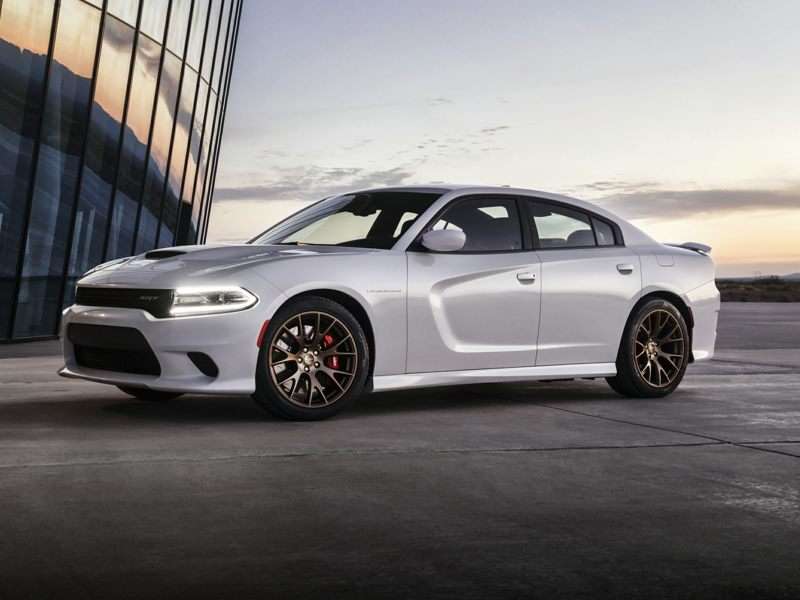
One Caveat
While the Hellcat’s blistering acceleration isn’t surprising, its around town demeanor is. Aside from the menacing throb of the supercharged V8, the big sedan is quite docile—with one caveat: The driver needs to be careful with throttle applications. An injudicious stab at urban speeds will produce wheelspin, and if the throttle stab is sufficiently injudicious the Charger will step sideways. Use the mildest of the two engine operating modes, and roll on gently.
(The engine modes are just two pre-selects available to the driver. There are also Custom, Sport, Track and even Eco modes, as well as launch control. Which is very helpful at the dragstrip. And let’s not forget the valet mode. Those guys have a history of getting carried away with big horsepower.)
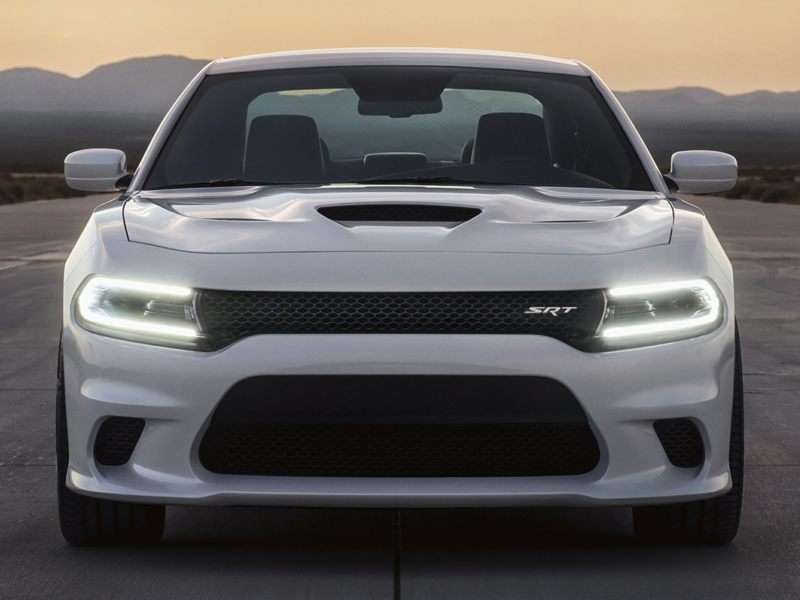
Ride Quality
The compliance of the super Charger’s ride quality is another pleasant surprise, as is the interior noise level at freeway cruising speed. While the leather-clad bucket seats could do with a little more bolstering for hard cornering, they’re comfortable for ordinary cruising, with more squirm-around room than some cars in this performance class.
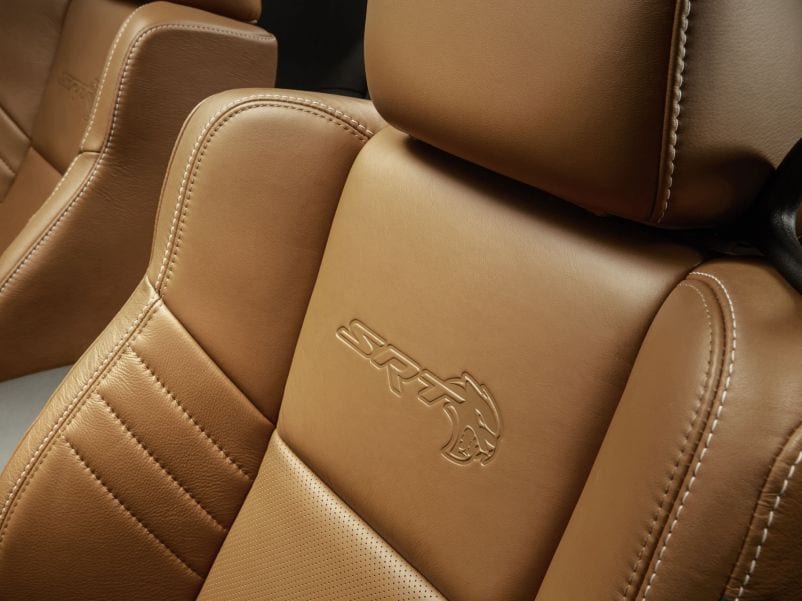
Ho Hum MPG
One element that’s not surprising is fuel economy, if economy is the right term. The EPA projects 13 mpg in the city, 22 on the highway. We logged 14 mpg, premium fuel of course, and were pleased that the Hellcat did that well. But then it’s a pretty safe bet that folks who want this kind of muscle aren’t too concerned about mpg.
And BTW, the gas guzzler tax adds $1700 to the bottom line.
In addition to the usual infotainment, connectivity, and audio features, the Hellcat includes an extensive array of retrievable data under the heading of Performance Pages. It allows the driver to track all kinds of info—engine output, acceleration, lap times, braking distance, etc.
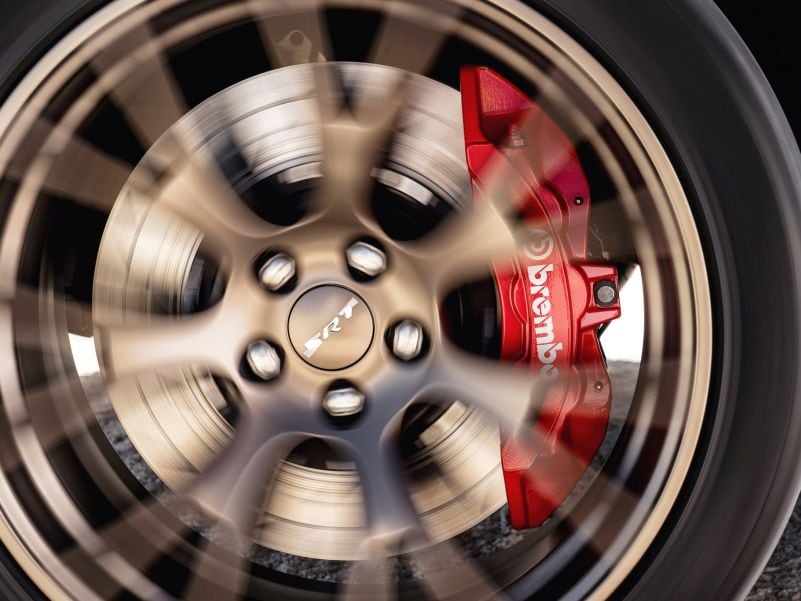
Paying the Ticket to Ride
The base price for a Hellcat Charger is just over $67,000. In addition to the guzzler tax, our test car had only one major option, a 19-speaker Harmon Kardon audio system, $1995. All in, the bottom line on the window sticker was $73,325.
Does that seem a bit much for a big ol’ family sedan? Would going with the standard audio system help?
Never mind. This is a lot of money. But think of it this way. No other performance car in this price range comes close to matching the Charger (and Challenger) Hellcats. We’re talking bargain here.
Forget the old 426 Hemi. These are the good old days.
